Blog
Crew-8 astronauts remain mum about post-splashdown medical issue
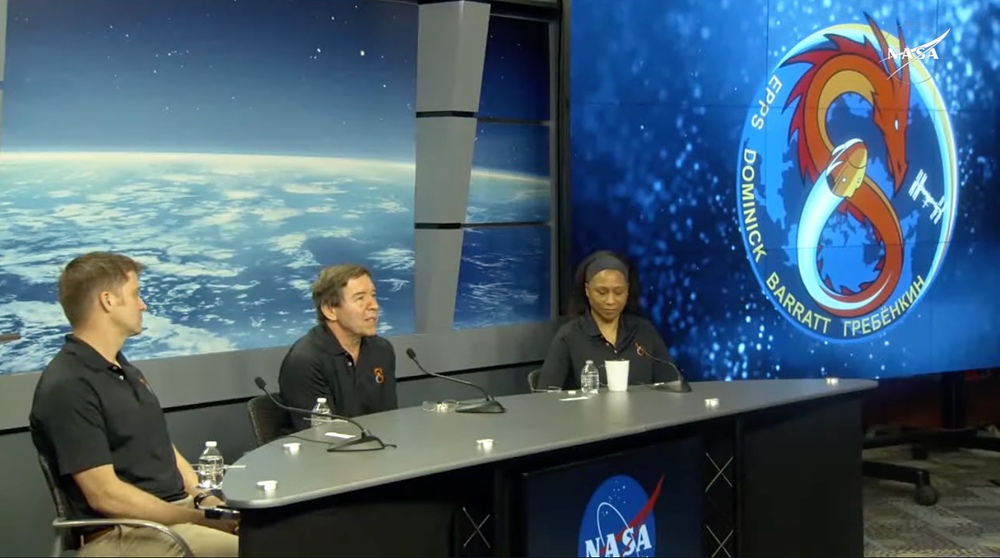
NASA Space Technology
WASHINGTON — The three NASA astronauts who returned to Earth on the Crew-8 mission declined to discuss the medical issue that prompted a trip to the hospital after their return and, for one of them, an overnight stay.
NASA astronauts Michael Barratt, Matthew Dominick and Jeanette Epps, along with Roscosmos cosmonaut Alexander Grebenkin, returned to Earth Oct. 25 on a Crew Dragon spacecraft, concluding the 235-day Crew-8 mission. But later that day NASA said that the four were taken to a Pensacola, Florida, hospital for additional medical evaluations “out of an abundance of caution.” One of the NASA astronauts was hospitalized in stable condition there, but released the next day “in good health.”
NASA did not disclose the identity of the astronaut who was hospitalized or the specific medical concern that prompted the hospital visit. At a Nov. 8 press conference to discuss their mission, the three NASA astronauts declined to discuss details about the incident, citing medical privacy.
“Spaceflight is still something we don’t fully understand. We’re finding things we don’t expect sometimes, and this was one of those times,” Barratt, a doctor, said of what he called the “medical event” after splashdown. “We’re still piecing things together on this and so, to maintain medical privacy and to let our processes go forward in an orderly manner, this is all we’re going to say about that event at this time.”
He deflected later questions at the briefing about the hospitalization. “Space medicine is my passion,” he said. “In the fullness of time, we will allow this to come out and be documented. For now, medical privacy is very important to us. We maintain that always in many things we do. The same with due process. Both of those negate our ability to talk about it today.”
All three said they were gradually adjusting after nearly eight months in microgravity. “It’s a very slow progression,” said Dominick.
“Everyone’s different, and that’s the part you can’t predict,” added Epps.
The briefing came a day after NASA batted down rumors about a health issue with an astronaut currently on the International Space Station. Several articles claimed that astronaut Sunita Williams was in poor health, claims traced to one non-NASA doctor’s assessment of a single image of Williams, taken in September, where the doctor claimed that Williams appeared “gaunt.”
NASA spokesperson Cheryl Warner said Nov. 7 that Wiliams was in good health and that doctors were not “tracking any concerns” with her or other members of the station’s crew: “All NASA astronauts aboard the International Space Station undergo routine medical evaluations, have dedicated flight surgeons monitoring them, and are in good health.” Notably, other images of Williams on the station posted by NASA more recently appear to show her in good health.
Spacewalk scrubs
Before their splashdown, the biggest issue faced by the Crew-8 astronauts was a pair of aborted spacewalks in June. One spacewalk involving Dominick and NASA astronaut Tracy Dyson was called off because of what NASA called at the time a “spacesuit discomfort issue,” while one later in the month involving Barratt and Dyson was aborted after an umbilical line connecting Dyson’s suit to station systems leaked water when disconnected.
“It was not a trivial leak,” Barratt said at the briefing. Since the airlock hatch was open, the leaking water turned to ice, creating “a blizzard” of ice particles. “It was very dramatic.”
He praised Dyson for “nowhere short of heroic” actions to reconnect the umbilical despite her hands and visor being covered with ice. “Getting the airlock closed was me grabbing her legs and using her as an end effector to lever that thing closed,” he said.
“There was a bit of drama. Everything worked out fine and, again, normal processes and procedures saved our bacon,” he concluded.
He said the problem was traced to a poppet valve “that didn’t quite seat” on the umbilical’s interface with the suit. “I think we solved that problem by changing out the whole umbilical.” By the time that umbilical was replaced, though, it was too late to begin preparations for another spacewalk before the end of their time on the station.
At a Nov. 4 briefing about the launch of the SpX-31 cargo mission to the station, Bill Spetch, NASA ISS operations and integration manager, said the next spacewalks from the station are planned for early 2025. He also said that “hoses and other components” in the umbilical were replaced and tested. “All systems on the suit worked as expected.”
Dominick, at the Crew-8 briefing, had little to add about the suit discomfort issue that called off his spacewalk. “We’re still reviewing it and trying to figure all the details out,” he said.
He acknowledged “frustration” with not being able to perform the spacewalk after years of training on the ground. “There’s no surprise there that there’s frustration that you put all that effort, all those years, and you’re in the suit ready to go outside and you don’t,” he said.
Discover more from Tamfis Nigeria Lmited
Subscribe to get the latest posts sent to your email.




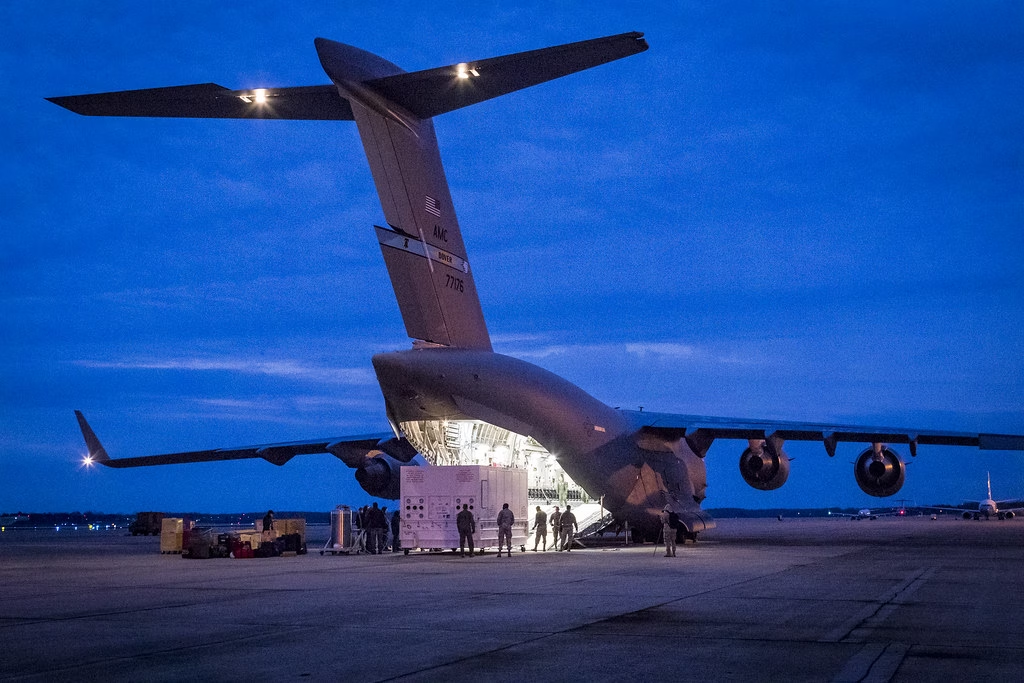


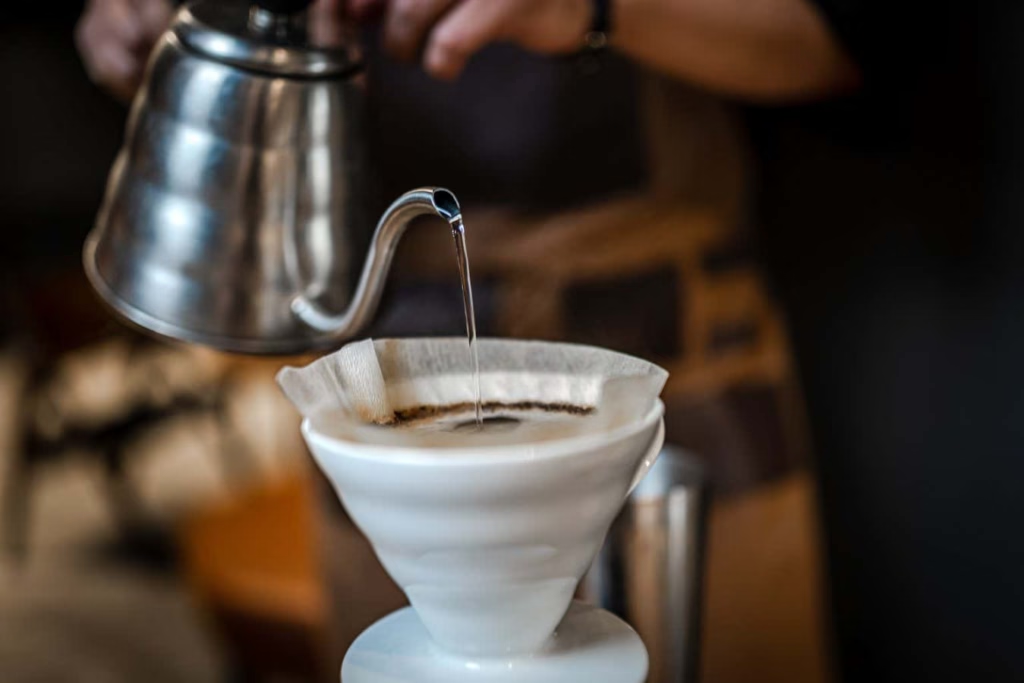

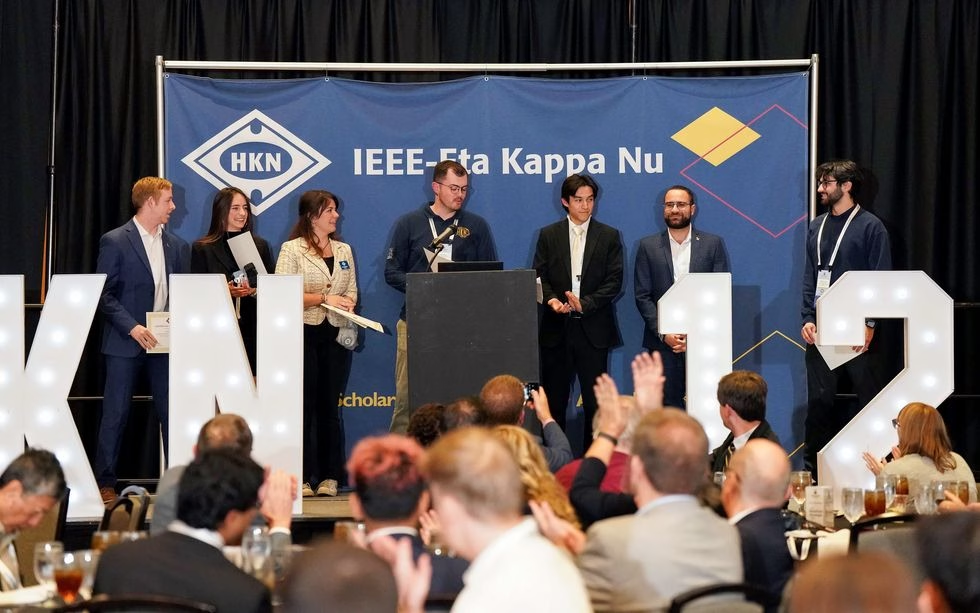
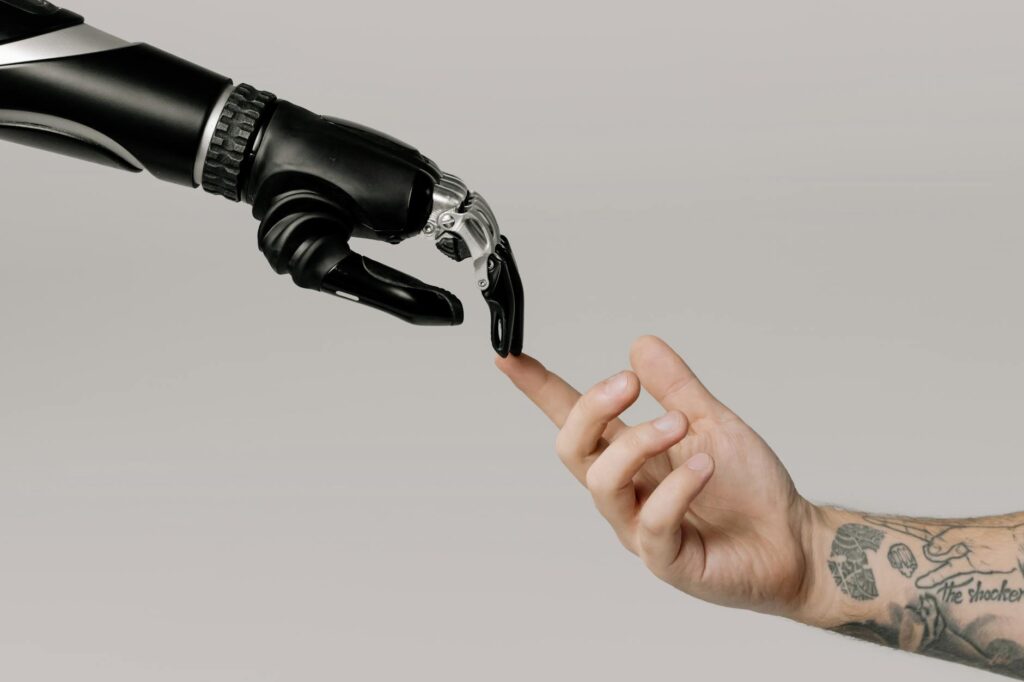
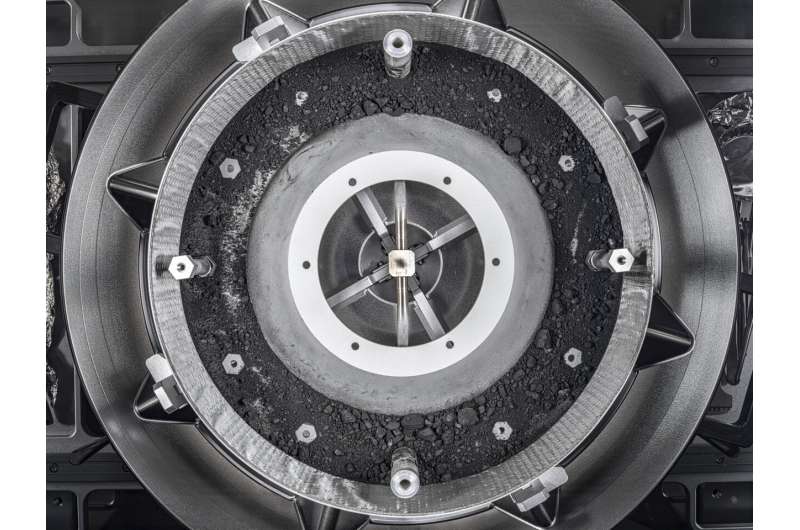
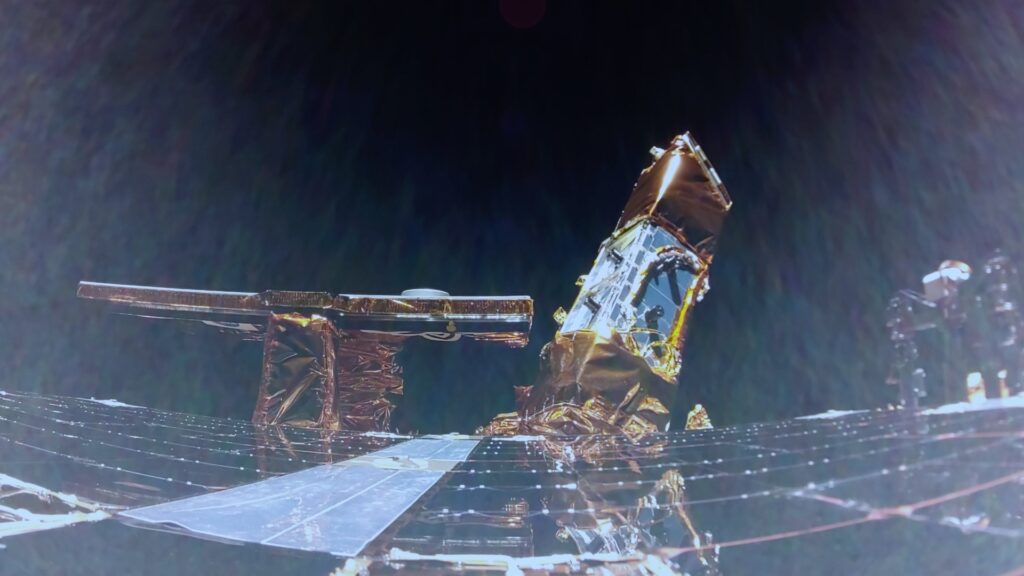

 Hot Deals
Hot Deals Shopfinish
Shopfinish Shop
Shop Appliances
Appliances Babies & Kids
Babies & Kids Best Selling
Best Selling Books
Books Consumer Electronics
Consumer Electronics Furniture
Furniture Home & Kitchen
Home & Kitchen Jewelry
Jewelry Luxury & Beauty
Luxury & Beauty Shoes
Shoes Training & Certifications
Training & Certifications Wears & Clothings
Wears & Clothings




